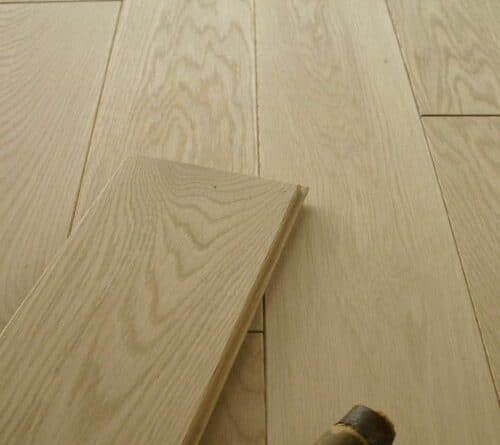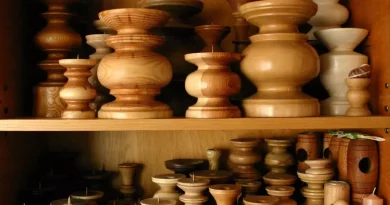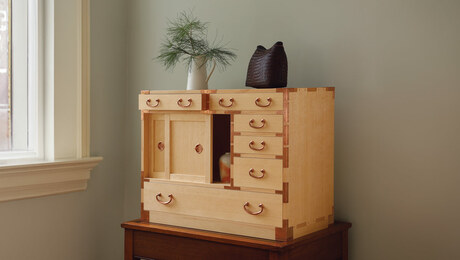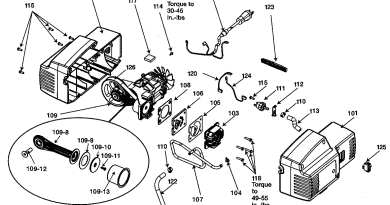How To Make Floorboards From Felled Trees
Milling and cutting your floorboards is a feasible and potentially very rewarding experience as long as you’re determined to put in the time, patience, sweat, and effort needed for the job. Additionally, a few power tools and keen attention to detail will also be crucial to properly execute the steps involved, lest you’ll just end up with a stack of sub-par floorboards only good enough as winter firewood!
Nonetheless, below is a guide that will walk you through the entire floorboard-making process, beginning from the felled tree up to the finished floorboards:
1. Prepare the right tools – In floorboard-making applications where precision cuts are essential, you must have the right set of tools. The tools below will get you up to speed and will help you make good-quality floorboards as if you’ve just bought them from the hardware:
a. Chainsaw
b. Chainsaw mill with guide rails
c. Thicknesser
d. Planer
2. Prepare the right protective gears – Just like other woodworking processes that involve the use of chainsaws and other cutting tools, making floorboards can be a hazardous undertaking. By wearing the right protective gear, the risk of injuries, fatal or otherwise, will be greatly minimized or be nil. For this undertaking, you will need the following protective equipment:
a. Safety helmet with visor
b. Dust mask
c. Safety glasses
d. Heavy-duty working gloves
e. Hearing protectors such as ear plugs or ear muffs
f. Protective chaps
g. Steel-toed shoes
3. Limb the felled tree – In logging parlance, limbing is the process of cutting off all the branches from a felled tree, usually with a chainsaw. Here are the steps:
a. Wear your protective gear and start the chainsaw.
b. Mindful of your balance and putting the chainsaw at full throttle, start cutting off the branches beginning from the base of the felled tree and work your way toward the top.
c. Exercise extreme caution when cutting off small tree limbs. They might get tangled with the chain and get whipped toward you, causing you to lose balance. In the same manner, also keep a keen eye on “strained” branches. These branches, when cut from their base, may jump dangerously.
4. Buck the limbed tree – Bucking is a logging term that means cutting a limbed tree into desired, usable lengths. For floorboards, sawyers usually cut the trees into 10-ft lengths, although your length requirement can be more or lesser; the general rule is to cut the tree 5 to 6 inches longer than your desired finished-board length to leave enough allowance for trimming and shrinkage.
5. Run the chainsaw mill to produce rough boards – Rough boards are timber slabs that have not yet been surfaced and sized. The number of rough boards that can be made from timber will depend upon the thickness setting of the chainsaw mill and the diameter of the tree to be milled. Here are the steps to properly mill the timber:
a. Adjust the chainsaw mill’s thickness setting by your requirement.
b. Mount the guide rails firmly on top of the timber. These rails will serve as the chainsaw mill’s reference for the initial cut.
c. Start the chainsaw mill and run it through the entire length of the log for the initial cut.
d. After the initial cut has been made, the guide rails can now be removed, and the flat surface resulting from the initial cut will now serve as the guide for subsequent cuts.
e. After all cuts have already been completed, you will now have a stack of rough boards ready for drying.
6. Dry the rough boards – Because of their high moisture content, the rough boards will still have to undergo a gradual and controlled drying process until they’re already dry enough for sizing and surfacing.
There are two methods commonly used in drying rough boards: the air-drying method and the kiln-drying method. Although both methods can produce similar results, the air-drying method takes much longer to complete but won’t cost you a thing. All you have to do is stack up the rough boards with thin strips of wood between each board to give room for air circulation. On average, a 1-inch thick board will take around one year to air dry.
Kiln drying, on the other hand, is much faster, usually taking only a few months to complete. This method involves the use of a kiln, an oven-like chamber where humidity and temperature are controlled. However, you will have to look for a kiln operator, bring the rough boards to and from his kiln, and pay for his kiln-drying services, which results in added expenses.
7. Surface and size the dried rough boards – After the rough boards have been dried, either by air or by kiln, they’re already ready for surfacing and sizing to your required thickness and width. For this purpose, you’re going to use the thicknesser and the planer:
a. Run the rough boards through the thicknesser, also called the thickness planer, to get them to your desired thickness and to smoothen out both surfaces of the boards as well.
b. Run the boards through the planer to get them to your desired width.
c. You will now have a stack of finished floorboards ready for your use.
d. Give yourself a pat on the back for a job well done!




